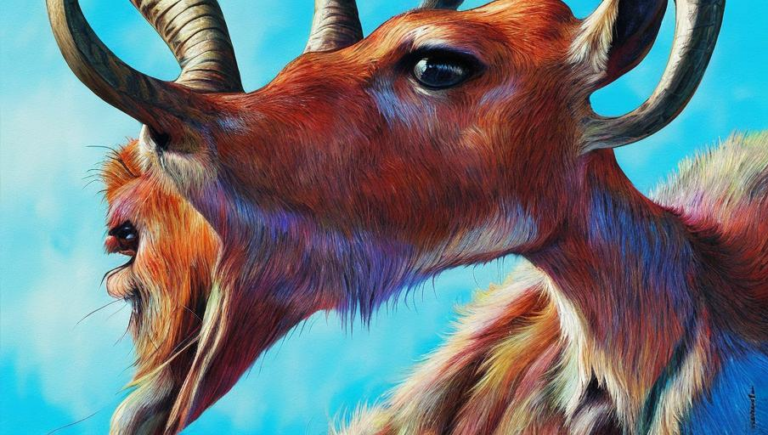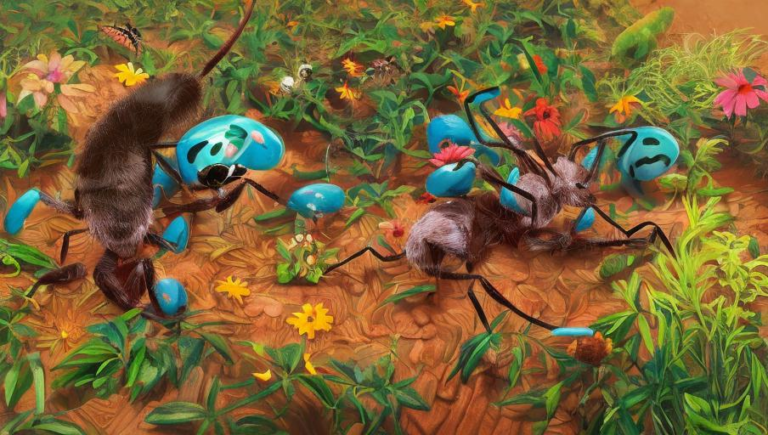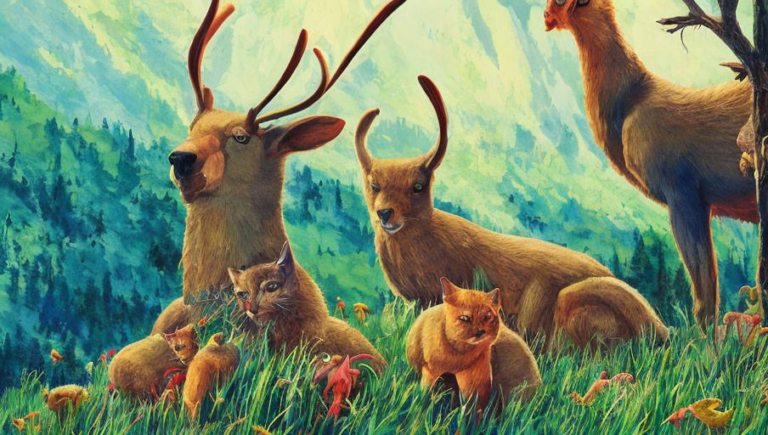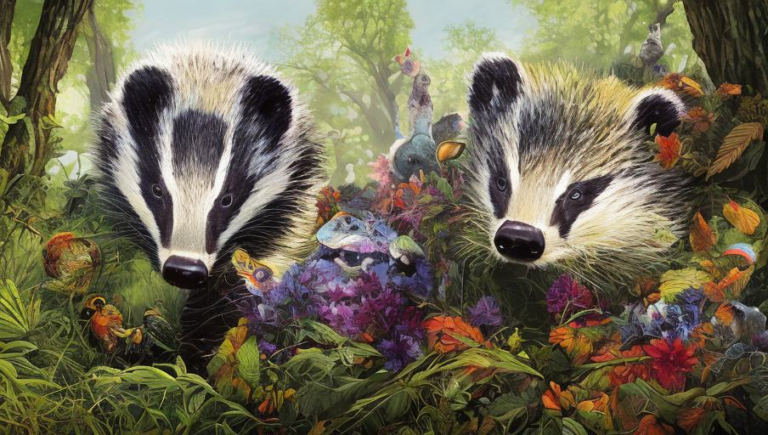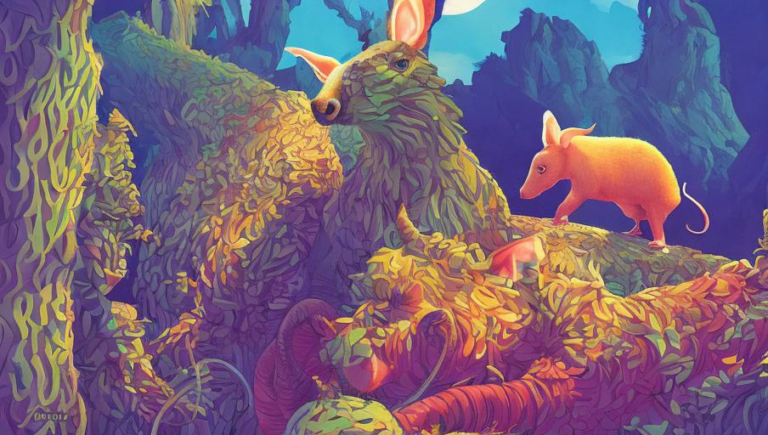Adapting to Survive: The Aardvark’s Fascinating History
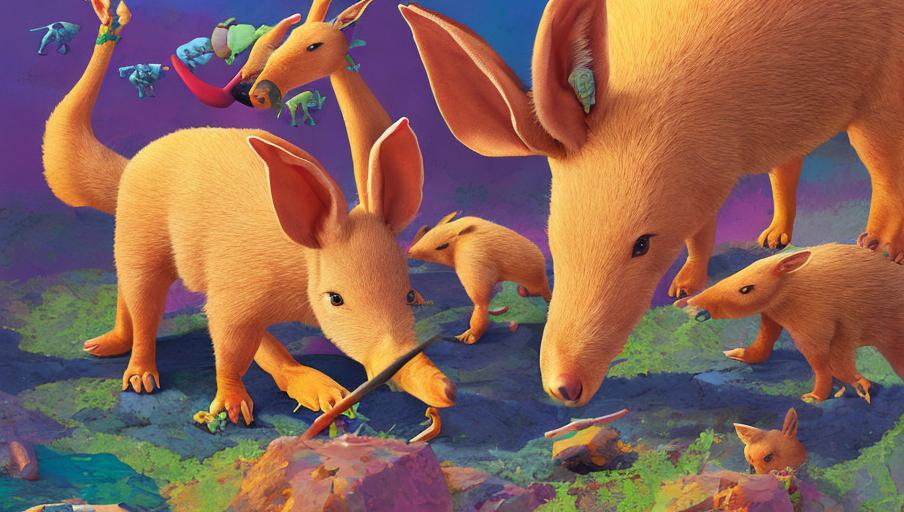
Introduction
The aardvark is an amazing creature, with an incredibly unique history that spans centuries. It is a nocturnal mammal that is native to Africa, and is the only living species of its kind. Aardvarks are known for their long snouts and powerful claws, which they use to dig burrows and hunt for food. They are also incredibly resilient, and have adapted and evolved to survive in different environments. This article will explore the aardvark’s fascinating history and how it has adapted to survive in a changing world.
Origins of the Aardvark
The aardvark is believed to have evolved around 20 million years ago, making it one of the oldest species on the planet. It is believed to have descended from an ancestor of the elephant, and is related to the hyrax, a small mammal found in Africa. The name aardvark means “earth pig” in Afrikaans, due to its pig-like snout and digging behavior. Aardvarks are also known for their keen sense of smell and hearing, and their powerful digging claws.
Adapting to Survive
Aardvarks have evolved to survive in a variety of different environments, from deserts to rainforests. They have adapted to the changing climates by developing a thick fur coat, which helps them regulate their body temperature. Aardvarks are also nocturnal, and use the night to hunt for food and avoid predators.
Feeding Habits of the Aardvark
Aardvarks mainly eat ants and termites, although they also feed on other invertebrates and some roots and fruits. They have an incredibly powerful sense of smell, which helps them locate their food. Aardvarks use their long snouts and powerful claws to dig burrows, which they use to store food, hide from predators, and sleep during the day.
The Aardvark’s Role in the Ecosystem
Aardvarks play an important role in the African ecosystem. They help keep ant and termite populations in check, which helps to control the spread of diseases. They also help to aerate the soil by digging burrows, which helps to promote the growth of grass and other plants.
Threats to the Aardvark
Unfortunately, the aardvark is threatened by a variety of factors. Habitat loss, hunting, and disease are all serious threats that are putting the aardvark’s future in jeopardy. In addition, climate change is also having a negative effect on the species, with higher temperatures leading to decreased food sources and increased competition with other animals.
Conclusion
The aardvark is an incredible creature, with a fascinating history that spans millions of years. It has adapted and evolved to survive in a variety of different environments, and plays an important role in the African ecosystem. Unfortunately, the aardvark is facing numerous threats that are putting its future in jeopardy. It is important that we continue to take steps to protect the species and its habitat, so that future generations can witness the beauty and resilience of this amazing creature.
